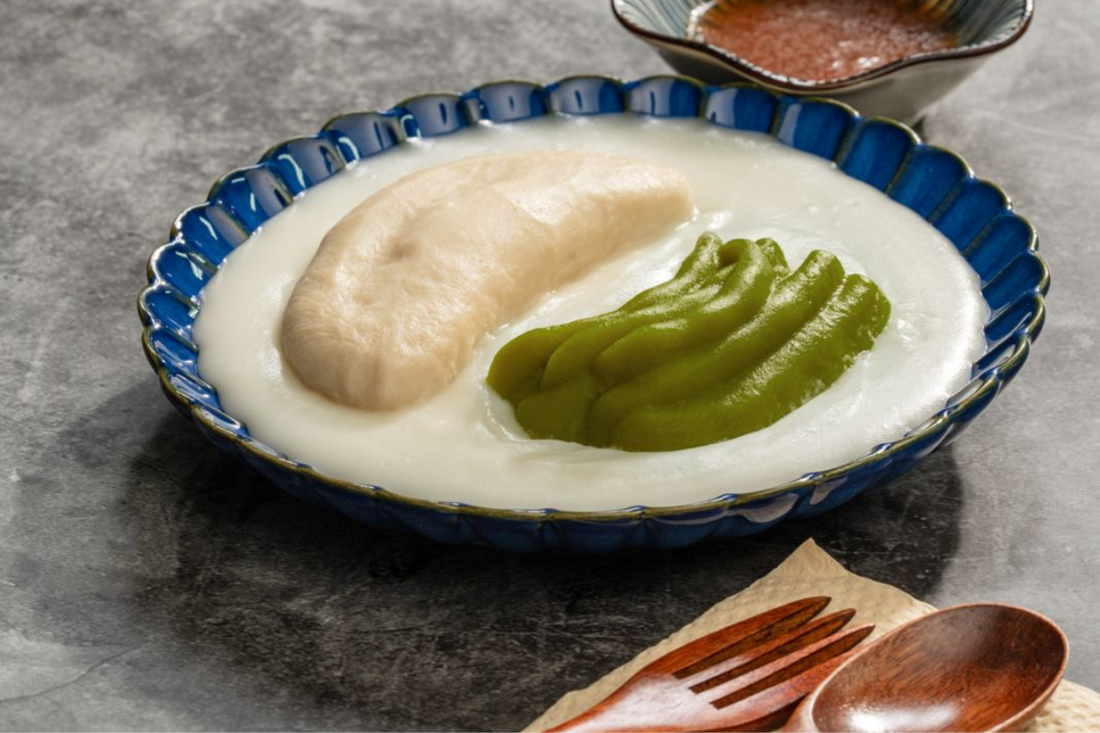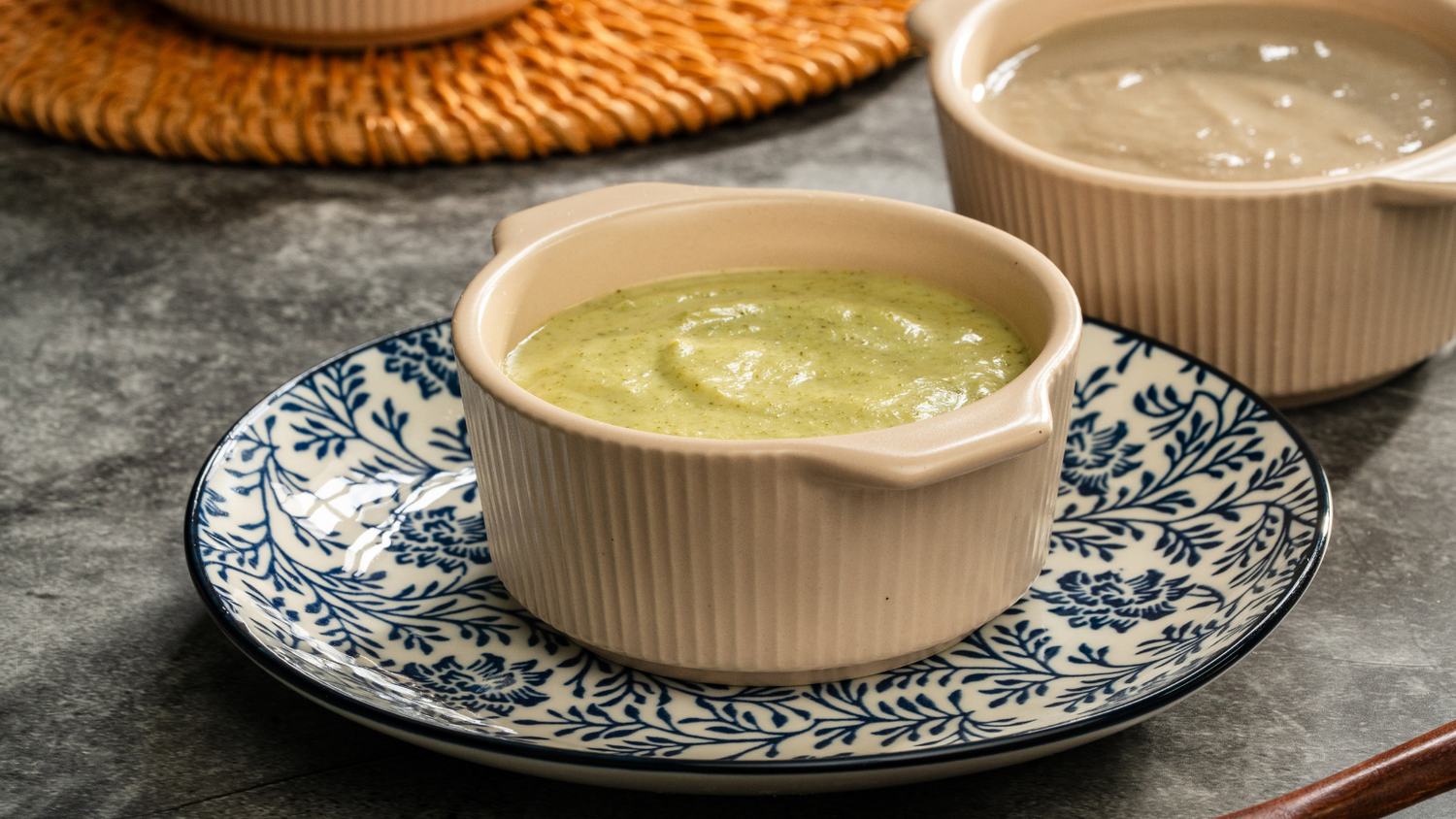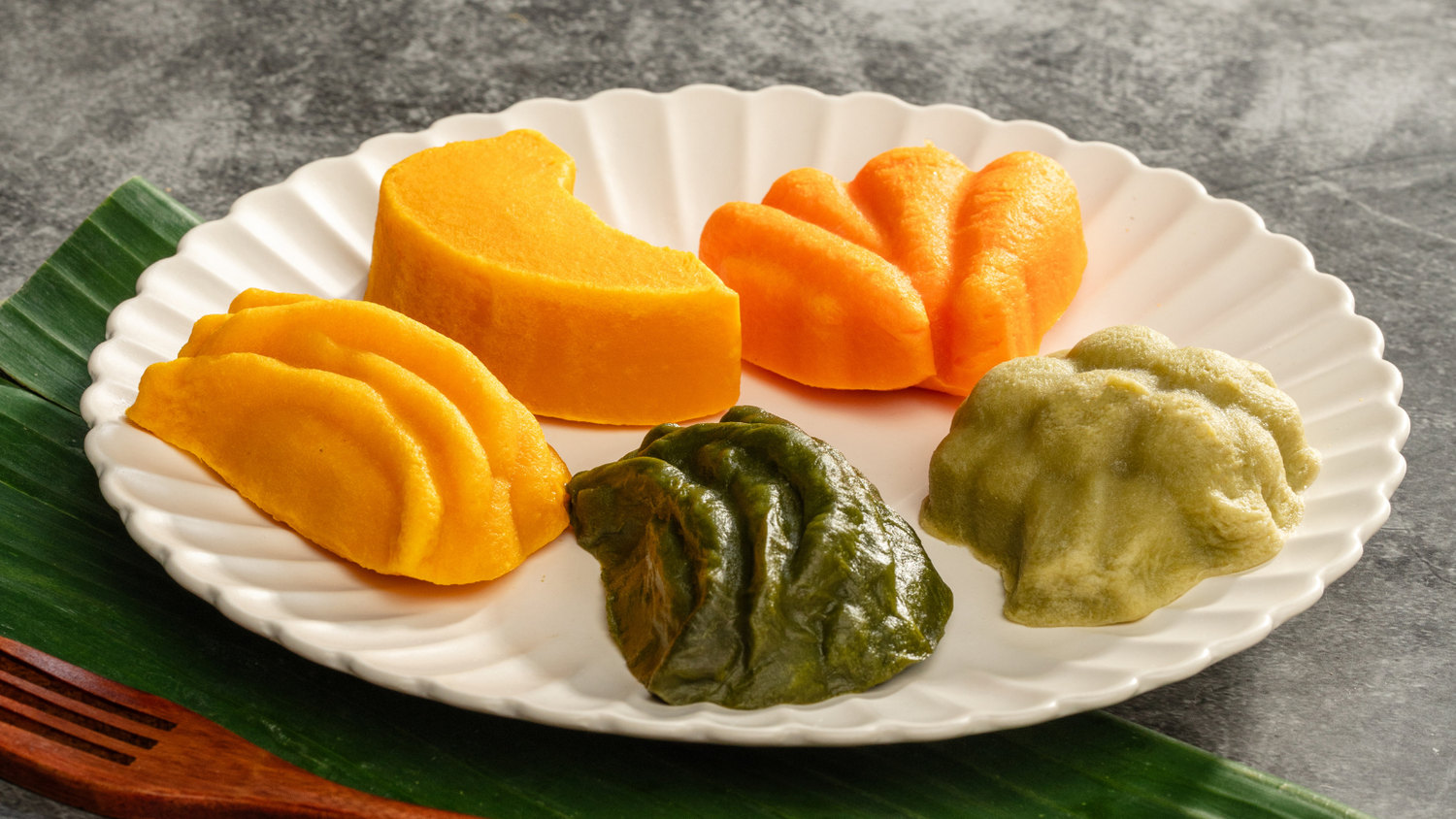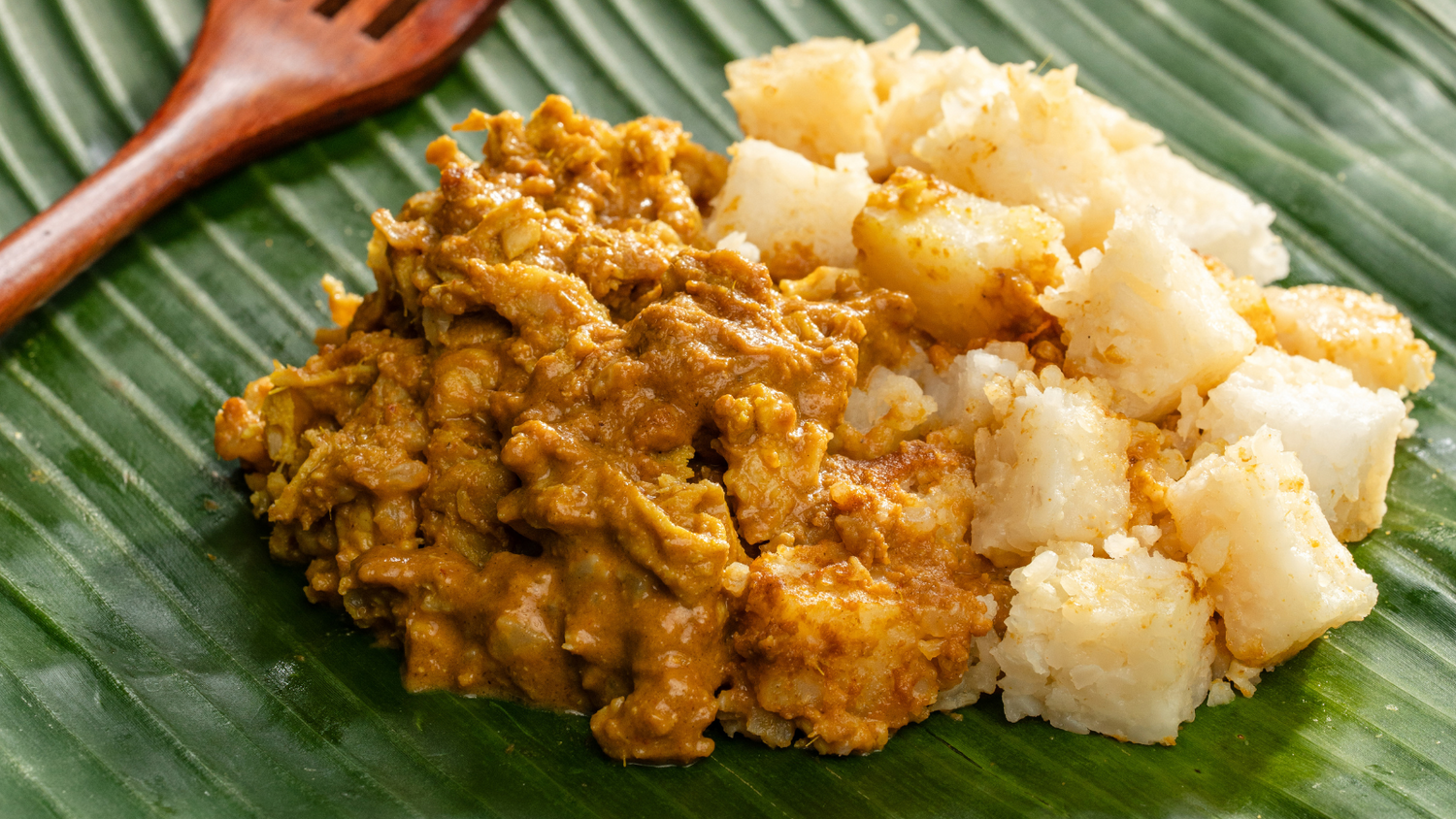Challenges of Puréed Food
Share
The pureed food diet is often stigmatised for being tasteless and visually unappetising, due to the lack of shape, texture and vibrant colours. Despite its outlook, pureed diet is necessary for patients who are suffering from permanent or temporary dysphagia.
Mealtime Experience and Food Satisfaction
For dysphagia patients, solid foods are usually pureed or blended to make swallowing easier; however, the food ends up appearing unappetising and without form or shape. In most cases of homemade pureed meals, the food ends up watery and bland, further reducing food satisfaction. This can result in loss of appetite in patients, and skipping meals. If this becomes a habit, it may lead to patients suffering from malnutrition and dehydration.
Loss of Nutrients
Preparing pureed food often leads to the loss of nutrients through the process of blending, steaming or even boiling. This means that caregivers need to pay attention to the amount of food being served, in order to ensure that the patient is receiving sufficient amounts of nutrients in each meal. When patients do not consume enough nutrients for prolonged periods of time, it may lead to poor long-term health outcomes and negative overall well-being.
Incorrect Food Texture
According to the IDDSI framework, there are several levels for the texture modified diets. These levels are indicated based on food consistency namely Pureed, Minced and Moist, as well as Soft and Bite Sized (Level 4, Level 5 and Level 6 respectively). Depending on the patient’s dysphagia severity, a certain level of texture-modified diet would be recommended by the speech therapist for the patient. Hence, it is crucial to meet the requirements in terms of texture according to the IDDSI standards. This is to distinguish the textures between each level, and most importantly avoid any choking incidence.
Technical Pureed Food Challenges
Like most food products, research and development is important in the production of pureed food in order to ensure quality of appearance, correct texture and taste is at its optimum by the time it is ready to be consumed by consumers. Other technical challenges that may only be overcome with professional intervention include changes in consistency after leaving pureed food to stand for a period of time, water separation in pureed food, and inability of moulded pureed food to retain its shape after heat treatment.





